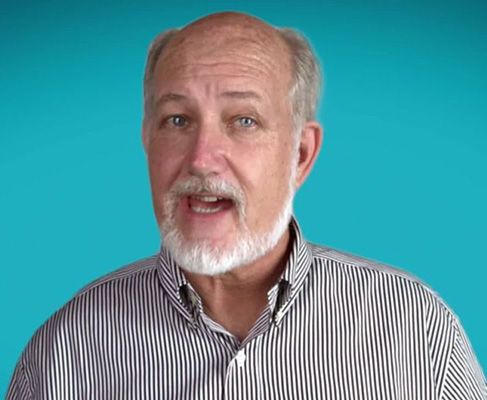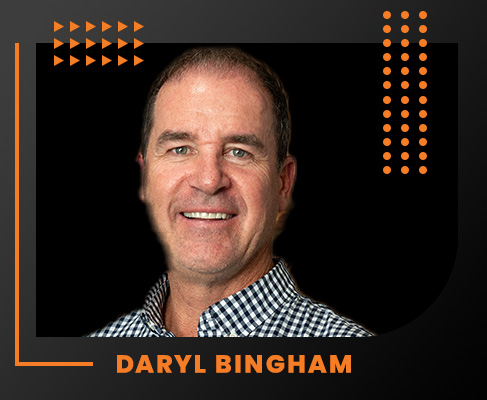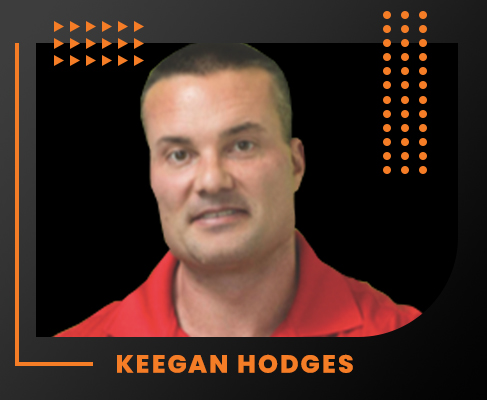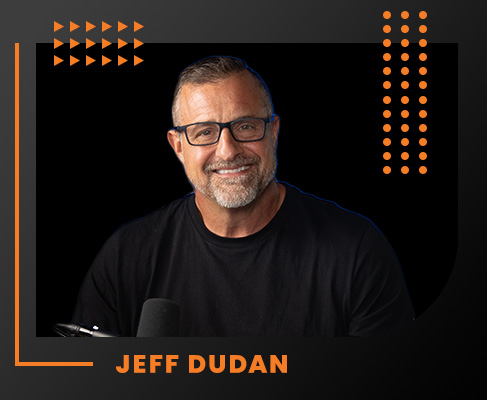Ready for round two? We continue our incredible conversation with the Wizard of Ads, Roy Williams! If you haven’t heard the first episode with Roy, be sure and check that out. Roy covered his background and how he wound up becoming a world-renowned branding and advertising expert, and in this episode we’re digging in to some of the most valuable things you can understand about marketing – especially in the home services industry.
Narrative vs. Character Arcs
If you really want to understand great advertising, you have to understand a few things about storytelling. Try and follow along here. Every year there are awards for movies and literature – the Academy Awards, the Nobel Prize in literature, the Pulitzer – and if you think about the ones that win, there’s something in common. They aren’t your summer action movies. It’s not the Die Hards, it’s not the Top Guns. It’s the Titanics and the Shape of Waters that win these awards. Why is that?
Well, there are certainly a lot of things we could point to, but there is one thing Roy has honed in on that’s important to understand. Any story that is worth hearing has what’s called a narrative arc. This refers to a sequence of events, the plot of a story. That includes the introduction, the rising action, the climax, and the resolution…this is the narrative arc of a story. Now, some stories also have charatcer arcs. Unlike the summer blockbusters with Bruce Willis or Sylvester Stallone, stories that win those awards have dynamic characters. They change throughout the story. Events impact them and shape how they act and feel. You get invested. At the end of Die Hard, is John McClane a changed man? No, of course not! At the end of the Lord of the Rings trilogy, is Frodo different than when Gandolf first visited him at the Shire?
Good Advertising Tells a Good Story
Can you see where this is headed? Good advertising has to be a good story. A great ad campaign needs both a narrative arc and a character arc. Think of episodes on a TV show. Think about Friends, Seinfeld, or any good sitcom you’ve ever watched. You get involved with these characters. You feel like you know them personally and can feel your emotions changing based on their experiences. These are imaginary people being played by actors, yet you’re heavily invested. That’s character arc at play.
Roy prefers using the phrase “customer bonding” over the word branding. When you’re doing customer bonding in mass media, you’re trying to win the hearts of people. What Roy really wants you to understand here is that if you win the heart, the mind will follow. The mind will always create logic to justify what the heart has already decided. All you’re trying to accomplish with a customer bonding campaign with mass media is to win the heart.
Brandable Chunks
What’s another key aspect of a great movie or TV show? You hear people quoting lines all the time, right? Well, that brings us to brandable chunks. A brandable chunk is a signature phrase. Roy brings up Ken Goodrich, CEO of Goettl and To The Point superstar. Roy worked with Ken and came up with some brandable chunks that anyone in Goettl’s market will instantly recognize. These brandable chunks – signature phrases – that Roy made for Ken, Ken instantly registered a trademark for. So when you hear the phrase “we do things the right way, not the easy way”, you know it’s Goettl…because only Goettl can legally use it!
That’s a brandable chunk. It’s that phrase or word that people instantly associate with your company. Think of it as your auditory logo! Really brilliant ad campaigns will have 6 or 7 brandable chunks. These brandable chunks may slowly change over time – some may drop off or get replaced by a new one, but these are word combinations that people hear that they instantly associate with your company. If someone told you to “just do it,” what brand comes to mind?
Articulatory Loop
So is this all magic? Is Roy called the Wizard of Ads because he’s casting some spell through mass media? As exciting as that sounds, there is a “man behind the curtain” here. It comes down to some basic understanding of cognitive neuroscience and psychology. Now, this is where things get a little technical…but don’t get scared away. It doesn’t take a degree here to capture the mechanics at play.
If you’re reading this blog, you’re likely old enough to remember the O.J. Simpson trial. Remember ol’ Johnnie Cochran? Even if you’re young, you’ve probably still heard that famous catchphrase, “if the glove doesn’t fit, you must acquit.” Why did that phrase work so well, and why is it still stuck in our heads decades later? It certainly isn’t because it makes any real legal sense. Well, it’s because brandable chunks are musical in nature and get stuck in the mind of the listener. That phrase was a brandable chunk strategically crafted by Cochran, and it worked.
A good brandable chunk will have a rhythm and stick in the part of the mind called the echoic memory. If you want to get technical, it’s the articulatory loop (also known as the “phonological loop”). Roy explains that this is one of the three key functions of working memory. Your phonological loop rehearses sounds in your mind over and over. This is the part of your brain to blame when the catchy chorus of that pop song you hate gets stuck in your head.
Involuntary Automatic Recall
If you understand how to create a brandable chunk and can get someone to hear it enough, it will establish something called “involuntary automatic recall”. That’s the ticket here. Once you have that established, any time you hear that Pavlovian bell – the brandable chunk – your brain immediately associates it with a brand subconsciously. You have no say in the matter, it just happens. There is even more at play here in terms of psychology and neuroscience, but that’s the essence here. They don’t teach this in marketing school, which is part of why Roy and his wife Pennie started the 501c3 nonprofit Wizard Academy in Austin, TX to teach others.
Understanding Good Advertising
So you say okay, Roy. I understand now. I’m hearing that I need that narrative arc and character arcs in my ad campaign. I need these brandable chunks. But I’m no George R.R. Martin. That’s okay! At the Wizard Academy, business owners are entrepreneurs are taught over three 9-hour days the basic fundamentals of what we’re discussing here. What’s important to note here is that even then, they aren’t going to create customer bonding campaigns as well as someone like Roy himself. But they don’t need to. You simply need to do it better than your competitors can, and that’s a relatively low bar most of the time.
“When you’re doing the right thing – no matter how badly you’re doing it – it still beats all the other people who don’t even know what the right thing is. You don’t have to worry about doing it perfectly…just do the right thing badly.”
Bad advertising is about you, your product, and your service. If you really think that you need to talk about you, your product, and your service, Roy has a suggestion. Take a quarter, find an old pay phone, and tell your mother. She cares. Good advertising about the customer, and how your product or service will alter the daily experience in the life of your customer.
It’s About the Customer
Anybody that sells anything should have only one objective with no exceptions: to make your customer happy. If you can do that, they’ll give you money and say good things about you. If you’re selling products or services, you’re in the business of making people happy. When you do that well, life is good. If you fail to make people happy, you simply aren’t going to last. It’s that simple. So once you have that understanding, you need to figure out how to become the one they think of first and feel the best about when they need your products or services. You have to be able to reach them, gain their attention, and hold their attention. Holding attention is what we refer to as customer engagement. Once you have engagement, you can hold their attention.
Make it about the customer. Tell a great story. Create those brandable chunks. Capture the hearts of your audience, and the mind will follow. And when all else fails, go and find the Wizard.



